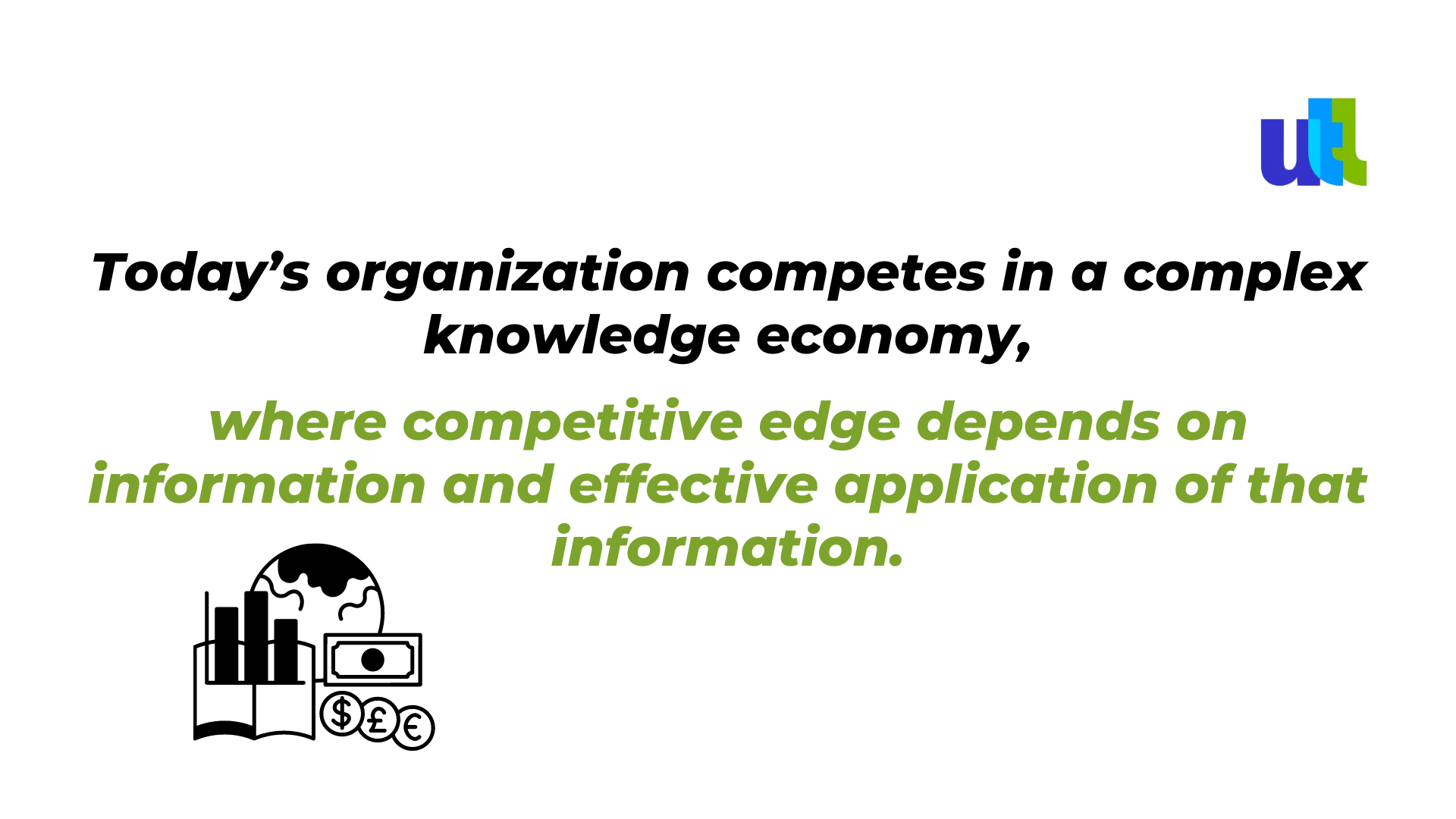The future will be about pairing the Artificial Intelligence of computers with the cognitive, social, and emotional capabilities of humans so that we educate first-class humans and not second-class robots.
As time goes by, more and more classes are held online. Initially, it used to be just for those in higher education or during lockdown periods. But now anymore.
Two of the biggest competitors when it comes to hosting these classes are Virtual Classrooms and web conferencing platforms. The latter are videoconferencing applications with video, file, and message-sharing features, while the virtual classroom is a full set class management platform ideally suited for file sharing and creating a virtual presence in the Metaverse.
This article will look at the two applications separately and analyze their pros and cons.
What about the Virtual Classrooms Vs. Web Conferencing dilemma?
Many companies are still using web conferencing to train workers.
Such platforms as WebEx and Zoom allow you to easily assemble people together, no matter where they might be, and at the very least expose them to some basic training. But here comes the problem. In 2023, our workers need more than just the basics.

It means that the knowledge you provide your workforce with must be presented in a way that maximizes the use of that knowledge.
Let’s take Zoom as a great example of a web conferencing and learning platform.
Zoom is a cloud-based video conferencing software that allows people to meet and communicate either through video or audio. It has a chat feature where you can text and share files. It offers free and paid versions. For the free version, meetings can host up to 100 participants and last 40 minutes, while the paid version can host up to 500 people and has no time limits.
The Benefits of a web conferencing platform like Zoom:
- It is very user friendly
You can create a meeting in a couple of seconds and invite others to join them. You can send an invite link or the login credentials. The software is easy to navigate.
- Available for various operating systems
You can download the Zoom app on basically any device.
- It is cloud-based
Zoom allows you to connect with people from all over the world as long as they have an internet connection.
- Students and workers can join or leave the class easily without disrupting the class.
Furthermore, teachers have the option of locking a meeting and keeping out uninvited guests.
- The teacher or the students can share useful links and files in the chat
Additionally, the host can create private chats.
- The app has a screen-share option.
A specific part of a file or a video can be shared and displayed on the screen in just a couple of seconds.
- Microphone off feature for the attendees.
This way, when the teacher wants the students to participate, he or she can unmute them.
- Allows to record and save meetings
Platforms like Zoom are perfect for bringing people together in order to inform, lecture, update or discuss with them.

3D Virtual classrooms
A virtual classroom environment ensures human connection inside the Metaverse, which is a vital element of classroom teaching that video-on-demand courses don’t have and sorely miss. In a virtual classroom like FutureWork Land, teachers interact with students in real time using their unique 3D avatars; students can walk around, voice their questions, and interact with peers similar to how they would in a regular classroom, albeit over the internet.
This enables better and higher participation rates and ensures knowledge is that much more accessible.
Advantages of 3D Virtual Classrooms
- High interactivity
An effective virtual classroom makes use of multiple communication channels.
- Collaborative education
Shared digital rooms, real-like whiteboards, file sharing, virtual meeting applications, and chats facilitate collaborative learning between students. They mimic the real-time atmosphere of classrooms without having to meet physically, while also reinforcing materials learned so that knowledge retention is higher.
- Student-focused teaching
Virtual classrooms focus on students, consistency, and their real-time education, unlike pre-recorded and one-time video conferences.
- Comfortable learning space
Virtual classrooms make learning online feel much more real. Virtual classrooms ensure learners are able to interact and chat with peers and teachers without compromise.
- 3D avatars
The unique virtual representations of students create a feeling of presence inside a shared space.
- Third-party integration
Seamless third-party integrations allow knowledge providers to leverage the existing system and expand its use for students’ benefit.
- A much higher overall functionality
Final words
Distance learning is gaining speed because of the current global crisis and changing demands in the educational sector. Technology is a major factor both driving and being included in this change simply because the models of developing and delivering informative content are becoming more nuanced, engaged, and personalized. And maybe that is why web conferencing is failing. It’s not a true all-in-one learning environment. Although it is a great tool for meetings, webinars, and one-time masterclasses, the reality is…people don’t learn that way anymore. Nowadays, complete educational programs and courses require more personalization and presence.
Virtual classrooms facilitate cross-border learning in the new world where learning isn’t restricted to brick-and-mortar buildings. The 3D virtual classroom is another transformative tool in a digital educator’s arsenal and will continue to rise in popularity and use in 2023 and beyond.
A great example of how one organization uses virtual classrooms for effective knowledge transfer is FutureWork Land. Their virtual classroom provides both educators and students with an incredibly human feel not normally associated with the high technology of online learning.
Web conferencing is about inviting people into a room and exposing them to content. It’s about students or workers learning what they’re supposed to learn –when they’re told to learn – according to the way you want to teach. For a time, that was enough. But people don’t learn that way anymore. Here is how the advantages that virtual classrooms have over web conferencing address the Virtual Classrooms Vs. Web Conferencing dilemma.
For free consultation about virtial classroom click here.
----------------------------------------------------------------------------------------------
View the full presentation:
WRITTEN BY
Sofia Kutko
2023-01-25


































































































































































































